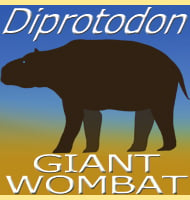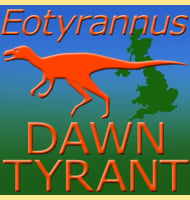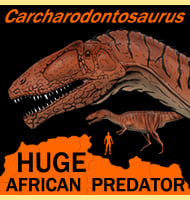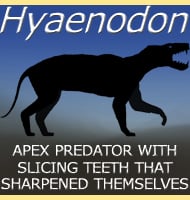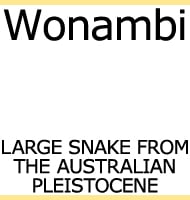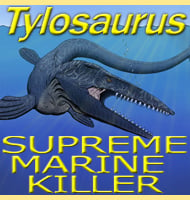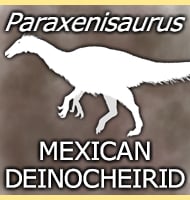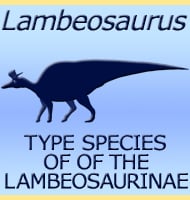In Depth
Although named from only relatively few bones, the fossil remains of Vectidraco are still enough to clearly identify it as a new distinct genus from other known pterosaur genera. The fossils of Vectidraco also show that in life the bones were pneumatised, a weight saving adaptation which meant that the bones of the living animal were very light making flight much easier. One of the key things about Vectidraco is its small size, which for an azdarchoid pterosaur is actually very small. A seventy-five centimetre wingspan might sound large, but when you compare Vectidraco to giants like Quetzalcoatlus and Hatzegopteryx you can appreciate just how small this pterosaur was. It is still uncertain if the remains represent an adult or a sub adult with a little bit of growth left to go, but nonetheless the discovery of Vectidraco indicates that azdarchoids may have been much more adaptable to environments than previous discoveries have indicated.
Vectidraco is named from a combination of the old Roman name for the Isle of Wight and the Latin word for dragon, a word that is increasingly becoming used in the naming of pterosaur genera. The species name V. daisymorrisae has been named in honour of Daisy Morris who first discovered the fossil remains of Vectidraco in 2008 when she was just four years old. The story of the discovery has now also been written as a children’s story called Daisy and the Isle of Wight Dragon.*Special note - Many news articles reporting upon the story have erroneously lead the story with ‘flying dinosaur’, but it must be remembered that Vectidraco is actually a pterosaur. While pterosaurs are reptiles, they are otherwise unrelated to dinosaurs.
Further Reading
- A New Small-Bodied Azhdarchoid Pterosaur from the Lower Cretaceous of England and Its Implications for Pterosaur Anatomy, Diversity and Phylogeny, Darren Naish, Martin Simpson & Gareth Dyke - 2013.

